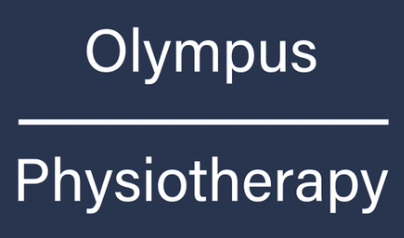Golfer’s Elbow
What is Golfer's Elbow?
Golfer's elbow, medically known as medial epicondylitis, is a condition that causes pain and inflammation on the inner side of your elbow. Despite its name, this injury isn't limited to golfers - it affects anyone who repeatedly uses their wrist and forearm muscles in gripping, twisting, or flexing motions.
The condition involves irritation and degeneration of the tendons that attach your forearm muscles to the bony prominence on the inside of your elbow (medial epicondyle). This can range from mild tendon irritation to more significant tendon breakdown requiring comprehensive rehabilitation.
What Causes Golfer's Elbow?
Golfer's elbow develops from repetitive stress and overuse of the forearm muscles:
Common activities:
Golf (particularly poor swing technique or hitting the ground)
Racquet sports with excessive topspin or poor technique
Rock climbing and bouldering
Weight training, especially pull-ups and rowing exercises
Repetitive gripping activities (tools, manual labour)
Computer work with poor ergonomics
Contributing factors:
Sudden increase in activity intensity or duration
Poor technique in sport or exercise
Inadequate warm-up before activity
Muscle imbalances between forearm flexors and extensors
Previous elbow injuries
Age-related tendon changes (typically 40-60 years)
Risk factors:
Occupations involving repetitive hand and wrist movements
Sports requiring strong grip strength
Poor equipment (grip size, weight)
Inadequate rest between training sessions
Weak shoulder and core muscles leading to compensation
What Are the Symptoms?
Golfer's elbow typically presents with characteristic pain patterns:
Primary symptoms:
Pain and tenderness on the inner side of the elbow
Pain that worsens with gripping or wrist flexion
Stiffness in the elbow, particularly in the morning
Weakness in grip strength and wrist movements
Activity-related symptoms:
Pain when making a fist or gripping objects
Discomfort when lifting or carrying items
Pain during golf swing, particularly at impact
Difficulty with everyday tasks like opening jars or shaking hands
Progressive symptoms:
Pain radiating down the forearm towards the wrist
Numbness or tingling in the fingers (particularly ring and little finger)
Increased pain with resisted wrist flexion
Persistent aching even at rest in severe cases
Functional limitations:
Reduced performance in sport or work activities
Difficulty with lifting and carrying tasks
Compensatory movement patterns affecting shoulder and wrist
Struggling with elbow pain? Our specialist team has extensive experience treating overuse injuries in athletes across all sports, from pro golfers to professional fighters. We provide comprehensive assessment, targeted treatment programmes, and technique analysis to address the root cause of your symptoms.
